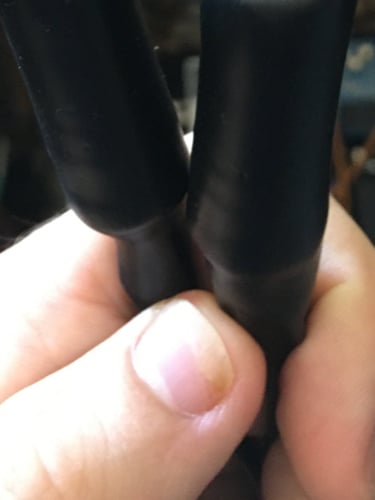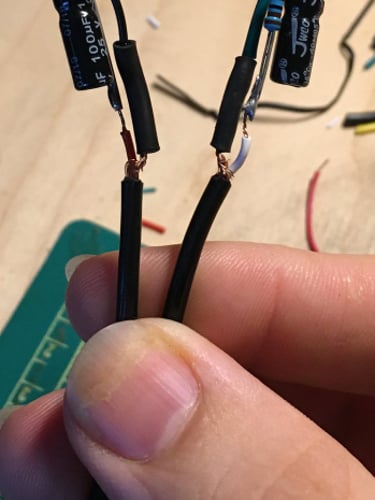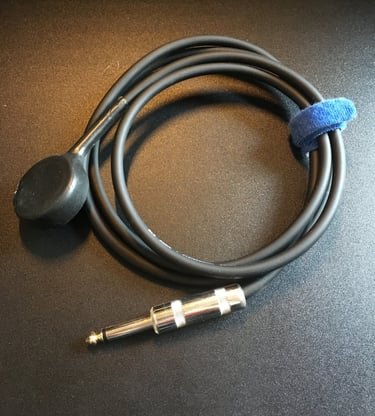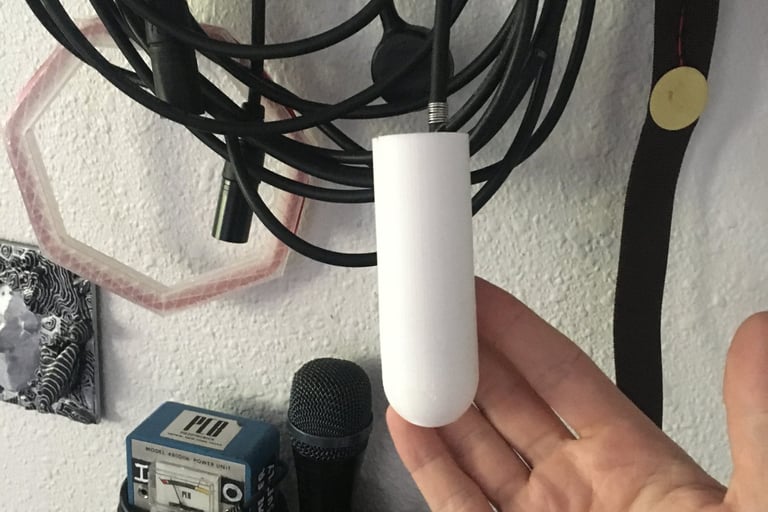DIY Hydrophones
Underwater listening on a budget.
One of the largest folders in my library of field recordings is labelled “Water.” Of all the sound sources that I regularly record, I find water to be one of the most varied in tone and texture both above and below the surface. To record in the latter environment, I have experimented with a variety of DIY Hydrophones. Commercial hydrophones used for data collection and monitoring purposes tend to be somewhat industrial in their construction and price-point, making them less than ideal for mobile or low-cost setups. While there are several alternatives in the DIY space, I have found many of them to produce limited results at best. However, I recently stumbled upon a design that seems to check all the boxes: low-cost, easily constructed, and featuring a wide frequency response and high sensitivity similar to if not exceeding those of industrial alternatives.
Electret Hydrophones
My first attempt to construct a hydrophone involved a pair of omnidirectional electret capsules mounted inside a 3D-printed shell and then dipped in Plasti-Dip to water seal them. However, the capsules themselves did not survive contact with the Plasti-Dip, as their output was drastically reduced and muffled.




Piezo Disc Hydrophones
After going back to the drawing board I found this design by Felix Blume, which uses a large piezo disc mounted to an electrically insulated and weighted enclosure, again sealed with Plasti-Dip. The results from this construction were a significant improvement over the previous iteration, but were somewhat limited in practical use. When held underwater, the piezo disc picks up very little; the best results come from water running or bubbling over the surface of the disc. This produces a range of useful sounds, but not the underwater ambiences that I was hoping for. In addition, a separate piezo preamplifier is required to get the widest possible frequency range out of this hydrophone.


Gladys Hydrophones
I had almost given up on an effective DIY hydrophone when I came across this design by Jules Ryckebusch over at Sound Sleuth. Their hydrophone uses a piezo cylinder and an integrated preamp PCB cast inside an acoustically transparent resin. This resin in question (Smooth-On Smoothcast 65D Semi-Rigid Urethane Resin) has a specific gravity very close to that of water (1.0-1.03 g/cc depending on salinity), making it an excellent choice for translating acoustic pressure through to the piezo cylinder.
The materials are available individually or as a kit from JLI Electronics and the resin can be obtained from online sources or many brick-and-mortar art supply stores, bringing the cost of each Gladys Hydrophone to around $100. The assembly itself was very straightforward: I soldered wires from the inner and outer faces of the cylinder to the preamp board as well as the XLR connections and a grounding wire, suspended them inside a 3D printed mold (made using the 3D model generously provided for free by Jules), mixed and poured the resin. The whole process took maybe an hour from wiring to de-molding, and the results are leaps and bounds above any of my previous hydrophone iterations.
In both mine and Jules’ testing, these hydrophones performed very well against much more expensive alternatives by companies like Aquarian, with slightly lower output gain but more than double the available frequency response. They can be used in stereo if you space them widely enough, and for mono recordings I use a modified camera monopod or boom pole to get the microphone out into a body of water (Zach Poff has a great little 3D model for hydrophone hook that can be attached to such apparatus here). Overall, I highly recommend these to anyone looking to get into making underwater recordings.


